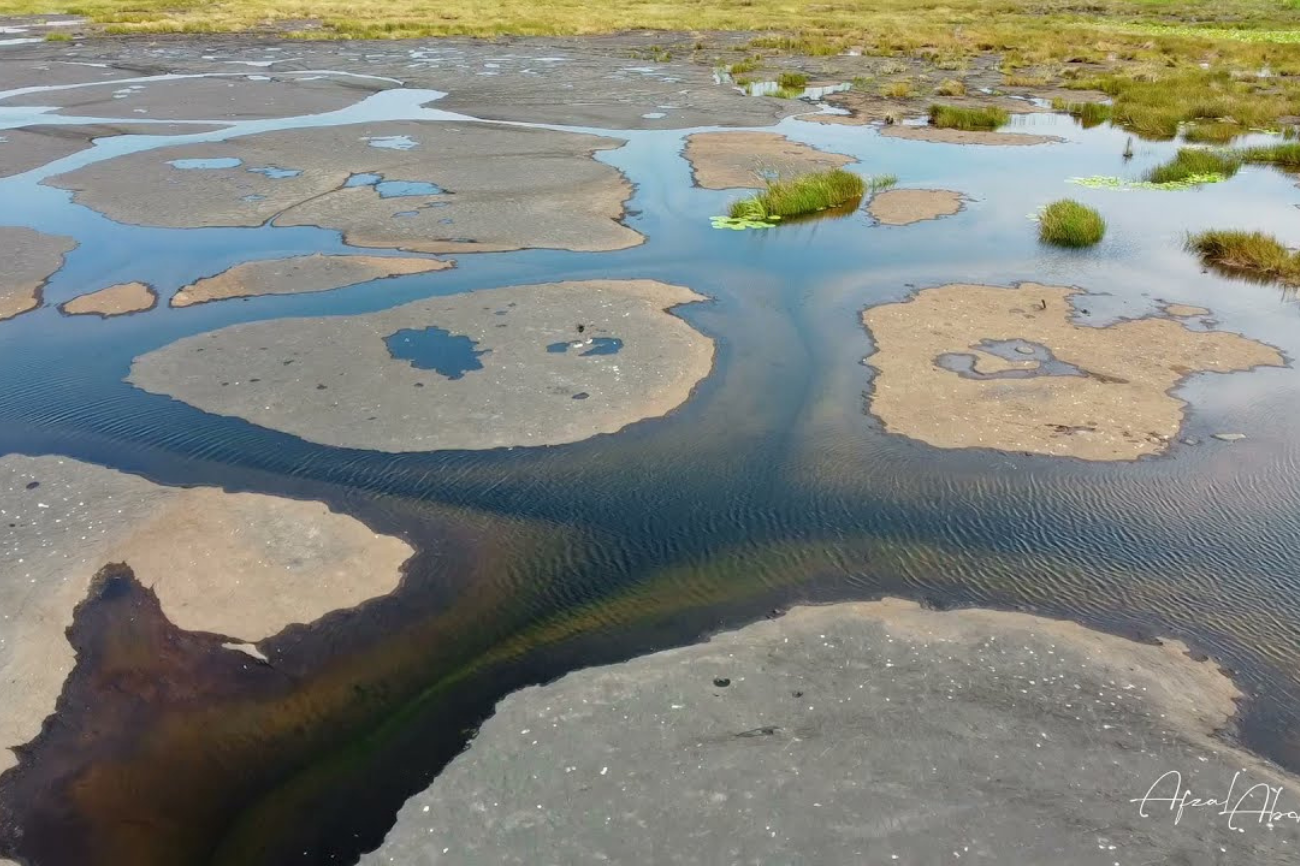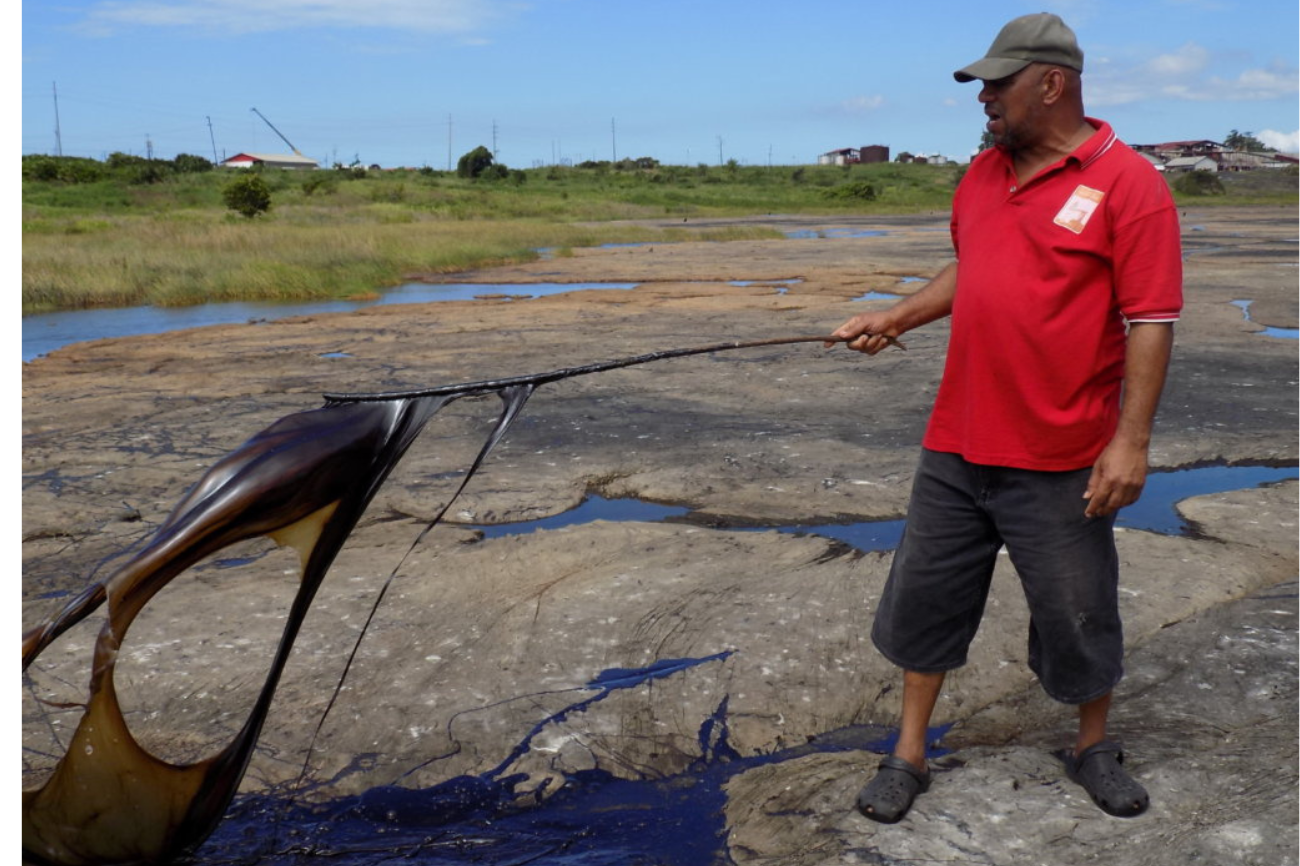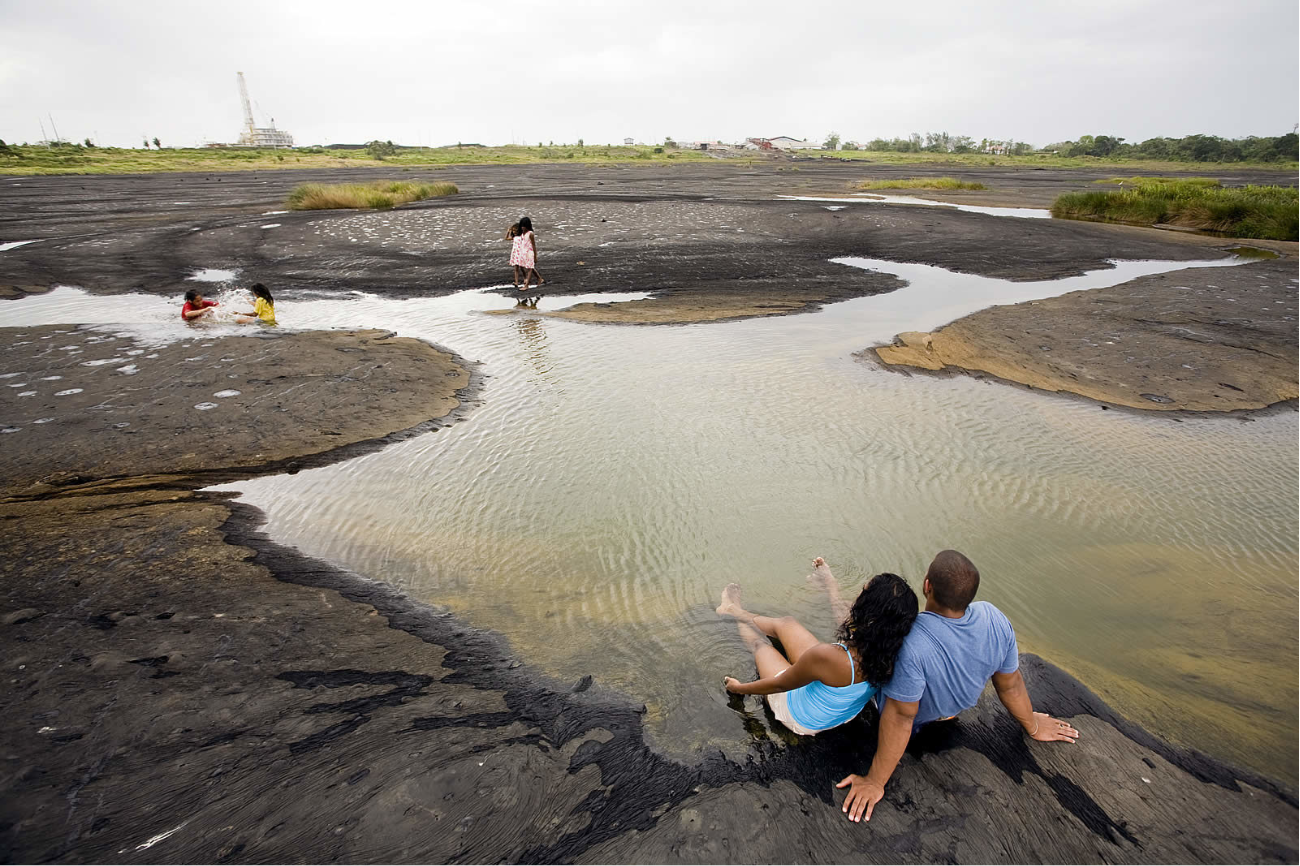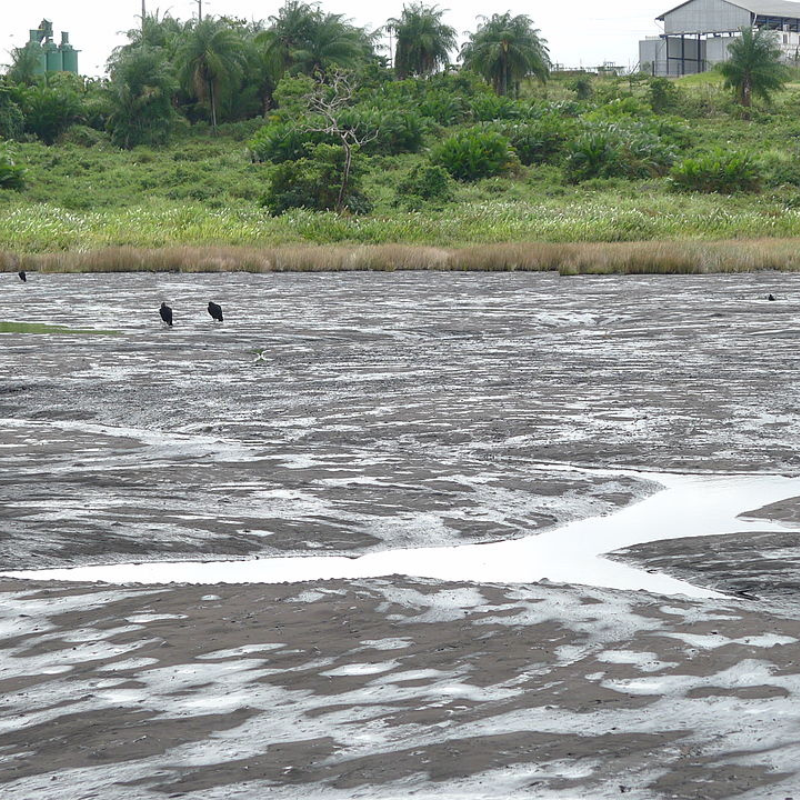The Pitch Lake
The history of Pitch Lake in Trinidad and Tobago is marked by the discovery of the lake by indigenous peoples, the exploitation of the pitch by European powers, and the commercial harvesting of the asphalt:
Indigenous peoples
Indigenous inhabitants knew about the lake's asphalt for thousands of years, and archaeological sites near the lake date back to at least 500 BC. Amerindians called the pitch "piche" and believed it was created by the gods as punishment.
Sir Walter Raleigh
In 1595, British adventurer Sir Walter Raleigh claimed to have discovered the lake while searching for El Dorado. He called the asphalt "most excellent good" for ship caulking.
Spanish
The Spanish began refining the pitch in 1792 and called the area "Tierra de Brea", which means "land of pitch". The Spanish used the pitch for their ships and for trade with other vessels.
Commercial harvesting
Commercial harvesting of the asphalt began after 1850, mainly for use in road surfacing. The tenth Earl of Dundonald took out a patent for the use of the asphalt in 1851.
Government ownership
In 1978, the Government of Trinidad and Tobago took ownership of the asphalt extraction business.


Good to know
Country
Trinidad
Famous For
The largest natural asphalt deposit in the world, estimated to be over 10,000 years old.
Interesting Fact
The lake provides commercial asphalt for road surfacing worldwide.
Wildlife
The area is home to unique bird species and small fish that live in the lake's pools.
THE PITCH LAKE
Pitch Lake is the world's largest natural deposit of emulsified asphalt and is located in the village of La Brea in southwest Trinidad. It's estimated to be 250 feet deep in the center and covers approximately 100 acres.







